NASA Astronomy Picture of the Day 6 March 2023: Poland special!
NASA’s Astronomy Picture of the Day is a stunning picture of Venus-Jupiter planetary conjunction captured over Polish skies in 2012.
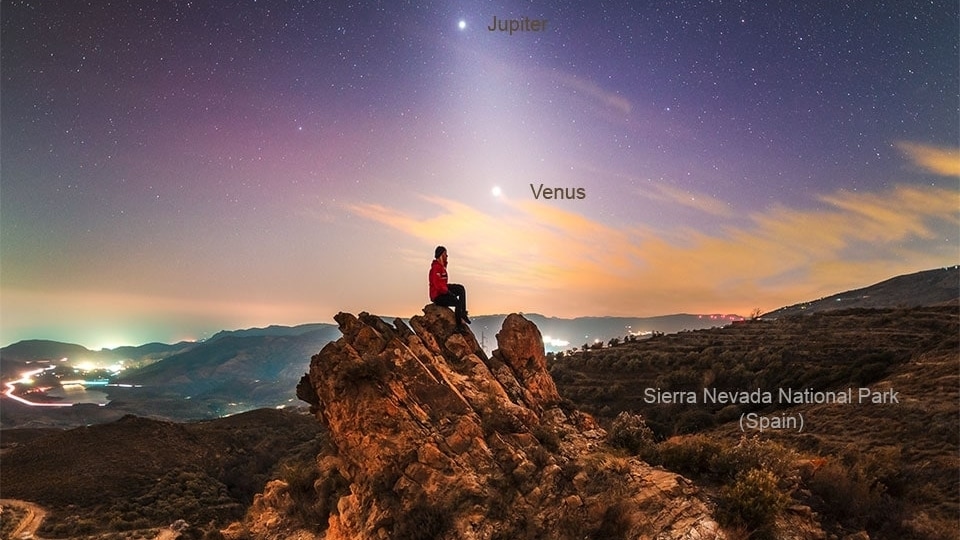
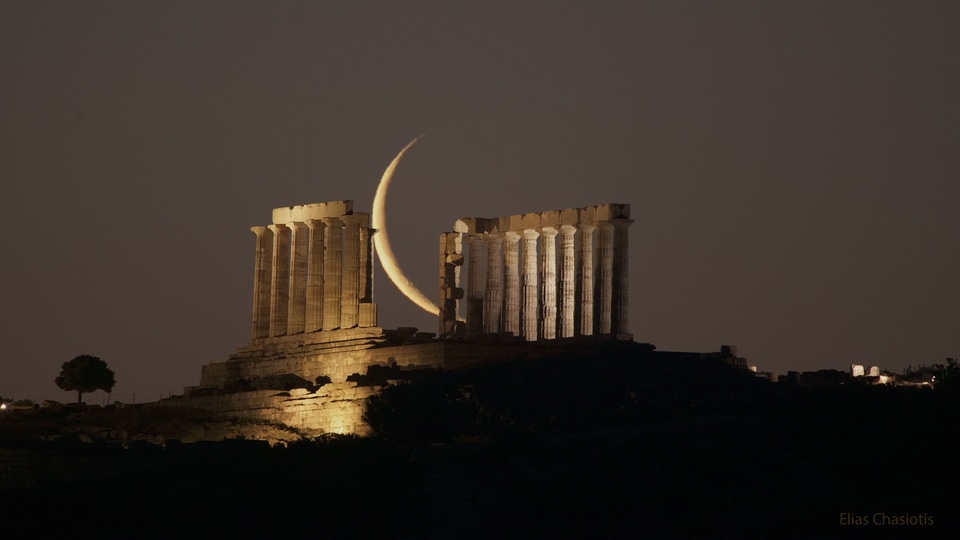

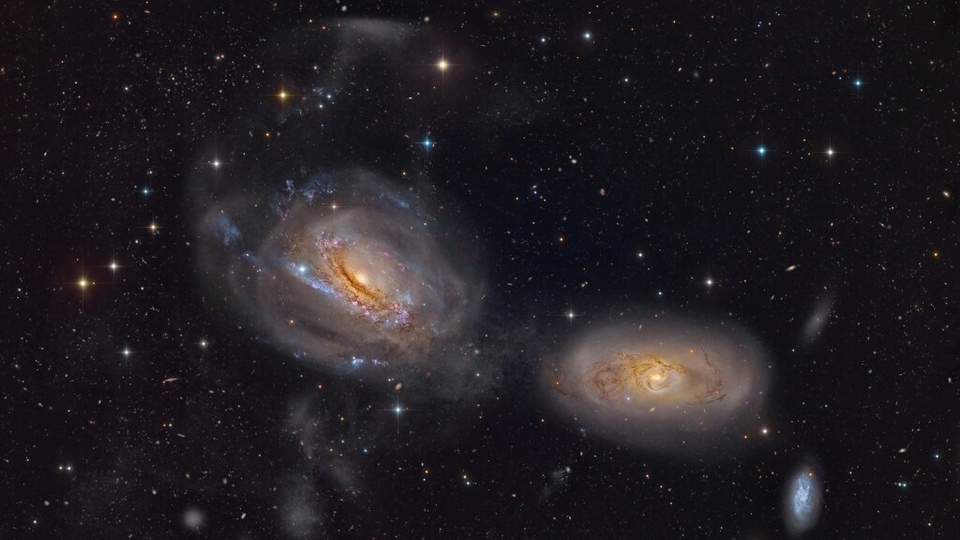
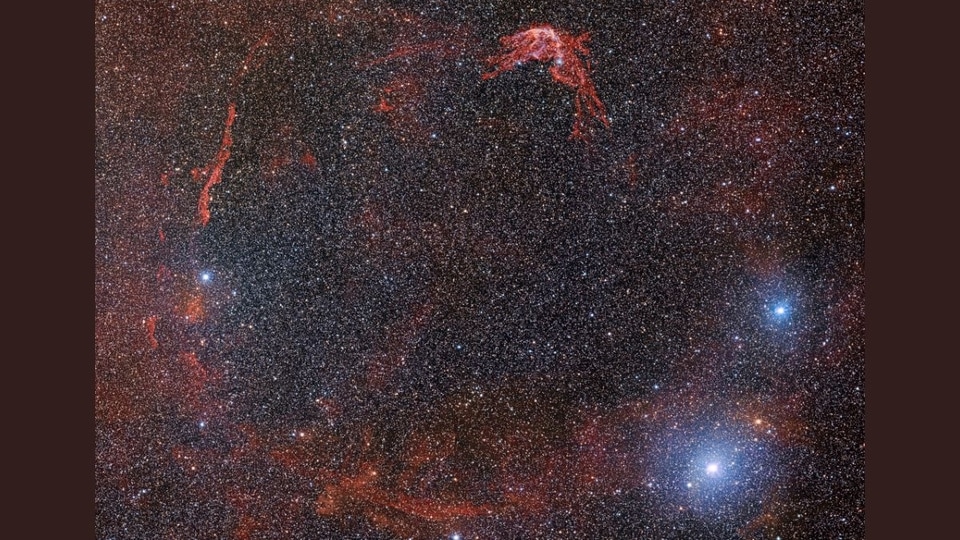
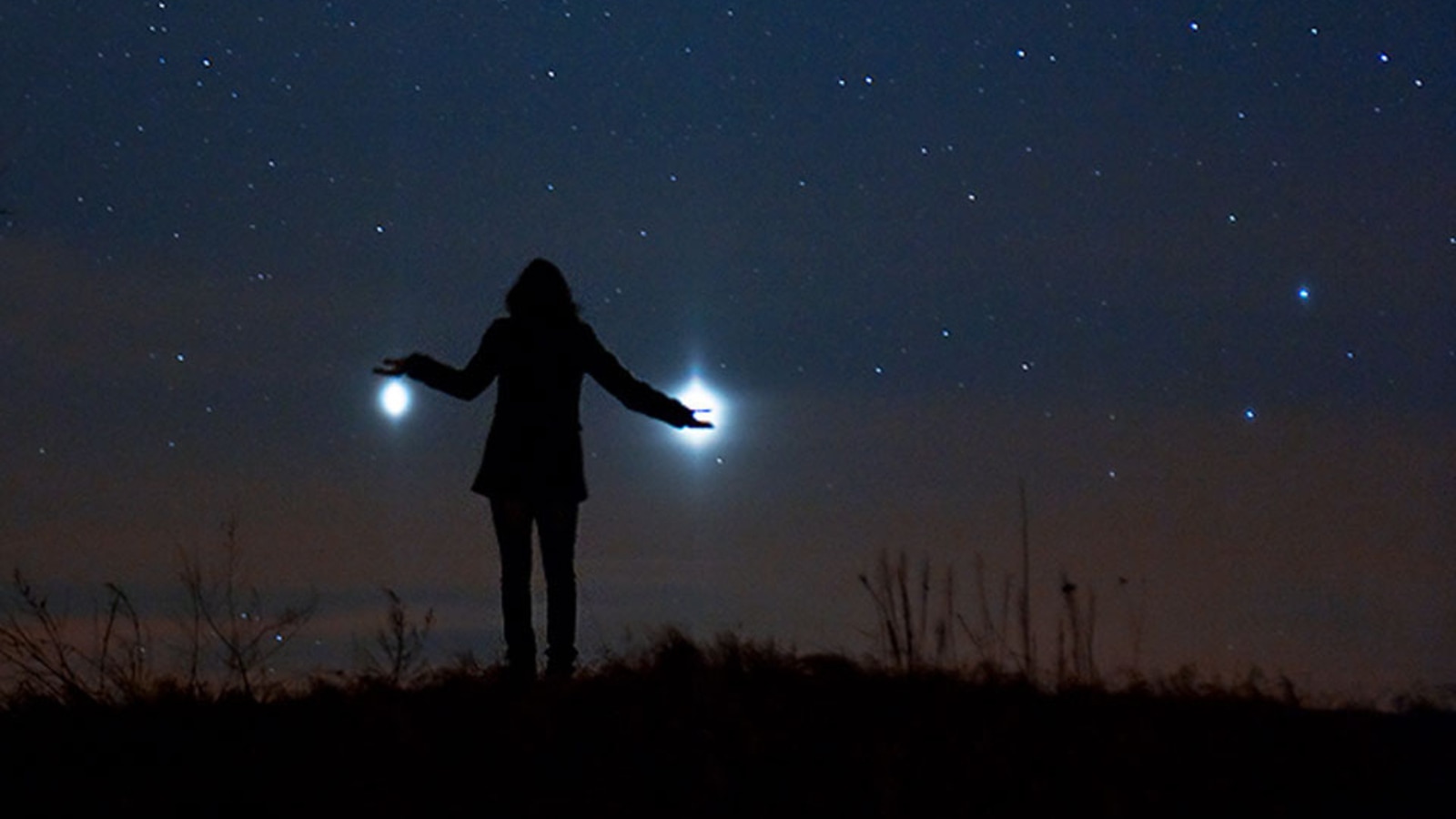
 View all Images
View all ImagesJust days ago, the skies were dominated by a planetary conjunction of Venus and Jupiter, where the two planets were very close to each other in the night sky. Although both planets were already visible, this conjunction brought them even closer together and it presented an amazing opportunity for astronomers and skywatchers alike to witness this amazing, rare phenomenon. Jupiter, the biggest planet in our solar system, met with Venus, the hottest planet in the constellation Pisces.
NASA's Astronomy Picture of the Day is a stunning picture of Planetary Conjunction involving Jupiter and Venus as it took over the skies back in 2012. It was captured in Szubin, Poland, by creating an illusion of both planets being balanced on two hands. The credit for capturing this mesmerizing picture goes to Marek Nikodem, a night sky photographer based in Poland.
What is a Planetary Conjunction?
Planetary conjunction simply signifies that two planets appear close together in Earth's night sky. Thankfully, in the case of our Earth's solar system, such planetary conjunctions happen way too frequently because our sister planets travel around the Sun in an almost similar ecliptic plane.
NASA's description of the picture
It was visible around the world. The sunset conjunction of Jupiter and Venus in 2012 was visible almost no matter where you lived on Earth. Anyone on the planet with a clear western horizon at sunset could see them. Pictured here in 2012, a creative photographer traveled away from the town lights of Szubin, Poland to image a near closest approach of the two planets.
The bright planets were then separated only by three degrees and his daughter struck a humorous pose. A faint red sunset still glowed in the background. Jupiter and Venus are together again this month after sunset, passing within a degree of each other about a week ago.
Catch all the Latest Tech News, Mobile News, Laptop News, Gaming news, Wearables News , How To News, also keep up with us on Whatsapp channel,Twitter, Facebook, Google News, and Instagram. For our latest videos, subscribe to our YouTube channel.





























